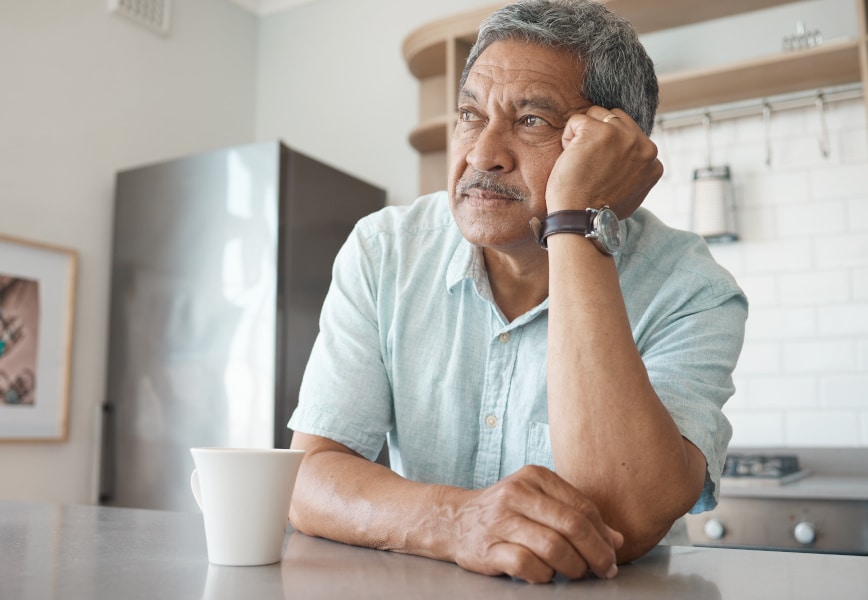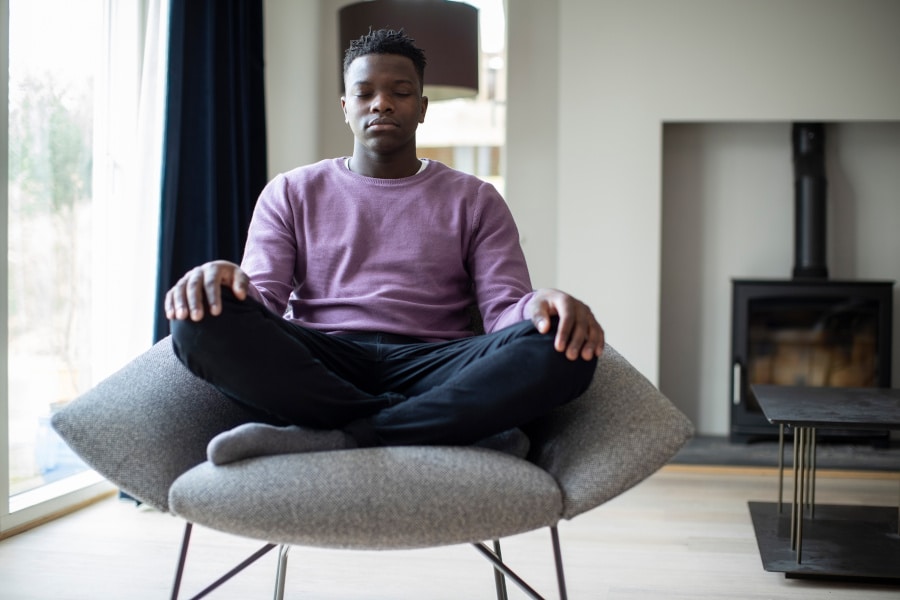 The second week of March officially marked a year since the global COVID-19 pandemic changed the world. Saying it’s been an unexpected and difficult year for everyone might be the understatement of the decade. You likely spent most of March and April adjusting to the circumstances and learning how to spend more time on your own.
The second week of March officially marked a year since the global COVID-19 pandemic changed the world. Saying it’s been an unexpected and difficult year for everyone might be the understatement of the decade. You likely spent most of March and April adjusting to the circumstances and learning how to spend more time on your own.
Social distancing and stay-at-home mandates separated people more than ever before. Even if you’re an introverted person, the weeks and months spent in your home grew tiresome. Video calls and social media apps kept you connected but nothing can replace a genuine, in-person connection with others.
The drastic drop in socialization with others left many feeling disconnected and socially awkward. As restrictions started lifting, you might have noticed a similar experience. It feels strange to interact with others after spending so much time isolated from other people. You’re not the only one who feels nervous about re-integrating with the world.
Managing your post-pandemic social anxiety is even more challenging when you live with mental illness. COVID-19 made symptoms worse for millions battling mental health issues. Aggravated by the shelter-in-place orders and loss of jobs to social distancing and overall uncertainty, anxiety is at an all-time high.
How can you manage your anxiety as you start reintegrating into the world?
COVID-19 and Mental Health
Isolation induced by COVID-19 created widespread negative impacts on the mental health of millions. People who never experienced mental illness in their life started noticing signs of depression and anxiety. The looming sense of uncertainty, coupled with things like financial and social stress, left people feeling scared and alone with very few ways to cope.
A study done in January 2021 revealed that 4 in 10 adults in the United States report experiencing symptoms of an anxiety or depressive disorder. In comparison, only 1 in 10 expressed these symptoms in the previous year. People are also noticing other side effects of poor mental health, such as trouble sleeping and increased alcohol or substance use.
Those with existing mental illness were already predisposed to the negative effects of COVID-19 measures. Isolation and other stresses exacerbated your symptoms if you already struggle with a condition like depression or borderline personality disorder. You’re also likely feeling a greater sense of social anxiety as the world starts opening up again. What can you do to manage those nerves?
Managing Anxiety as You Reintegrate
The belief that others hold you to incredibly high expectations is a core component of anxiety for many. In reality, you’re the only one holding yourself to those high standards. Most people are about as nervous as you are to get back into the world. Quarantine left people feeling rusty in their interpersonal interactions and everyone has some work to do on their social skills.
If overcoming anxiety were as simple as logically understanding its roots, though, then it wouldn’t be such a problem. Unfortunately, you can’t just think your way through anxiety. Oftentimes the only way to work through it is by doing the very things that make you nervous.
There are a few practices you can use to soften the jarring tension you feel as you start spending more time with people. Keep the following things in mind to help you manage your post-pandemic social anxiety.
Take it Slow
The worst thing you could do is jump right back into life as you once lived it. Some people benefit from an all-or-nothing approach but that’s not the best idea when you have anxiety. You don’t want to agree to something that’s going to have you feeling overwhelmed before you even arrive. Start slow and work up from there. Meet up with a close friend or nearby family member for dinner or coffee first. You can always add more to your schedule as you start feeling more comfortable.
Practice Remaining Present
Anxiety stems from your focus resting anywhere but the present moment. You might be trapped in the past or locked into the future, but there’s nothing you can do in either direction. All you have control over is the present moment. One of the best ways to manage post-pandemic anxiety is to practice remaining present. It’s not always easy to do but the more you can live in the moment, the less anxious you will feel.
Notice Negative Thoughts
When you struggle with mental illness and anxiety in particular, your head is filled with negative thoughts. These thoughts become automatic over time and the only way to change them is to start by noticing them. You might have practiced noticing negative thoughts during therapy but perhaps you got away from it. Start noticing the thoughts that come through your head and question whether they’re positive or negative, true or false.
Respect Your Boundaries
Things opening up again doesn’t mean you need to reintegrate all at once. You don’t have to say yes to everything you’re invited to and you’re allowed to maintain the boundaries that make you comfortable. Recognize the things you’re willing to do and respect where your line for what you’re comfortable with lies. Your boundaries are in place for a reason. Neglecting to respect them will pull you out of the present moment and make your anxiety worse.
Allow Time to Decompress
Decompression time is more important now than ever before. You’re likely familiar with the importance of taking some time to decompress after an event. Running from one thing to the next will leave you feeling frazzled by the time the day is done. Now that anxiety is at an all-time high, moments of decompression are crucial. If you want to manage your post-pandemic anxiety, allowing yourself some time to breathe is an absolute necessity.
Don’t Forget About Self-Care
Don’t let your self-care practices fall to the wayside. You won’t be able to show up fully if you aren’t caring for yourself. Incorporate time for self-care every day, perhaps with some extra time on the days you spend with other people. Use whatever worked prior to the pandemic as well as the things you learned during your quarantine time. Meditation, journaling, going for a walk, reading a book, or taking a bath are all great ways to spend some time on your own.
Make Use of Therapy Skills
It’s more important now than ever before to make use of skills you learned during therapy. Whether that’s catching, checking, and changing thoughts, DBT skills, or some other method, you need to use your therapy skills. The things you learned in therapy were created to help you work through times like these. Don’t let your practices go during these vital times.
Seek Additional Help
You might find that reintegrating into the world post-pandemic is more challenging than you thought. Seeking additional help from a facility like Clearview Women’s Center can help. Clearview Women’s Center is here to equip you with the tools and skills you need to manage your anxiety and get back into life as you knew it before. We offer a range of treatment services from full-time residential programs to outpatient programs.
You don’t need to deal with your anxiety alone; we can be here every step of the way. Want to learn more about what Clearview Women’s Center can do for you? Reach out to us today and let us know how we can help.





